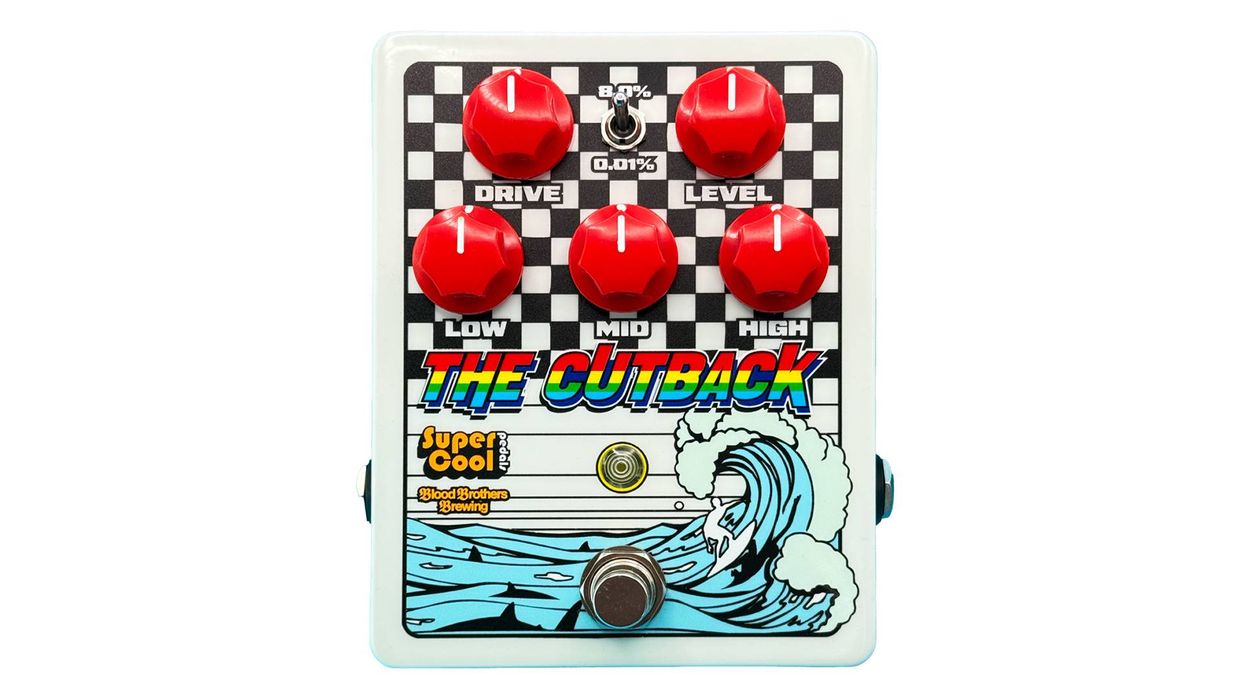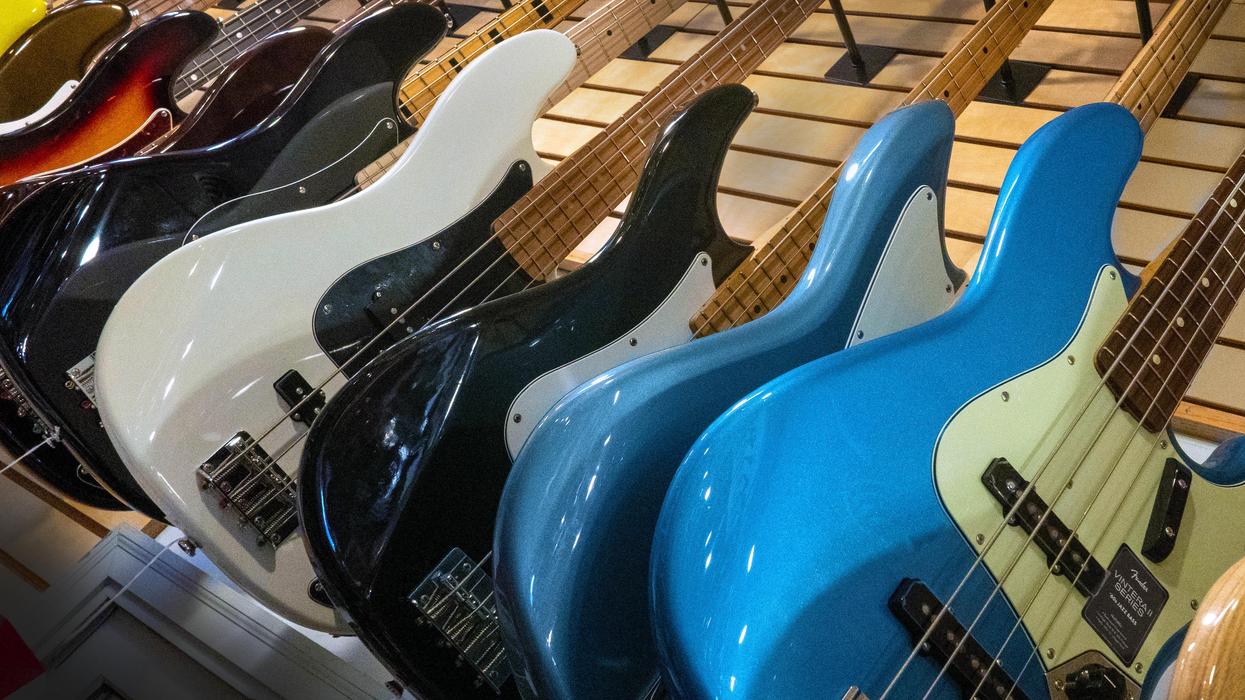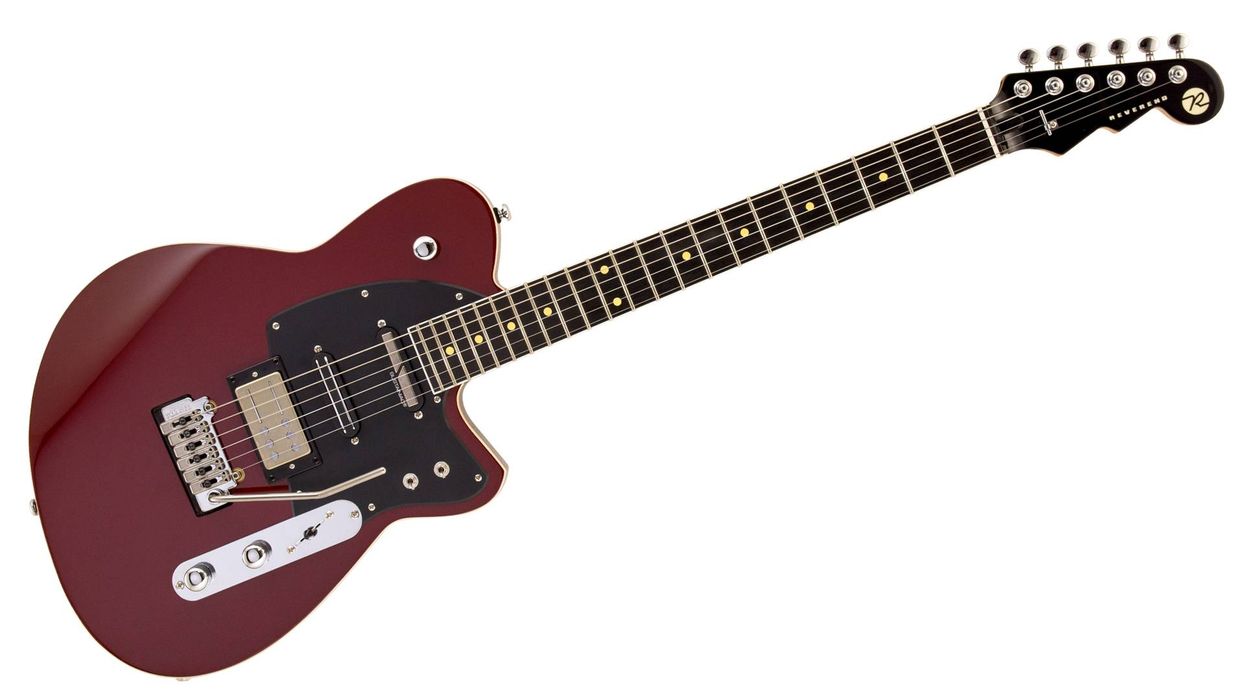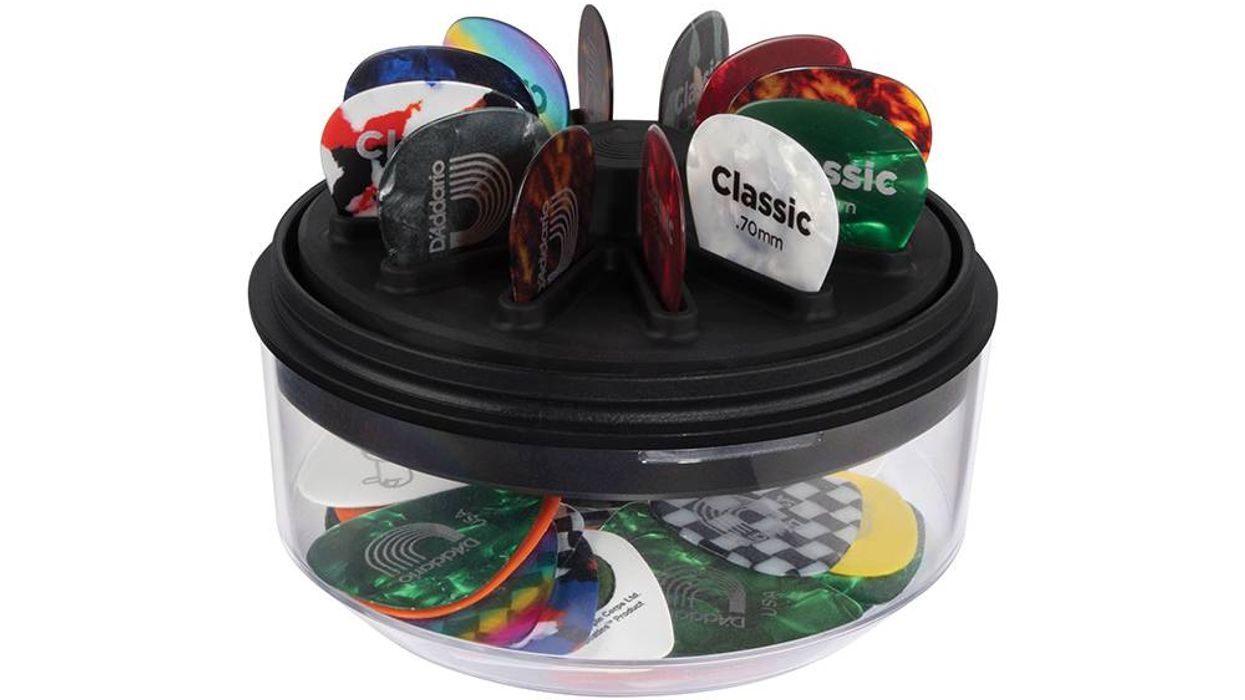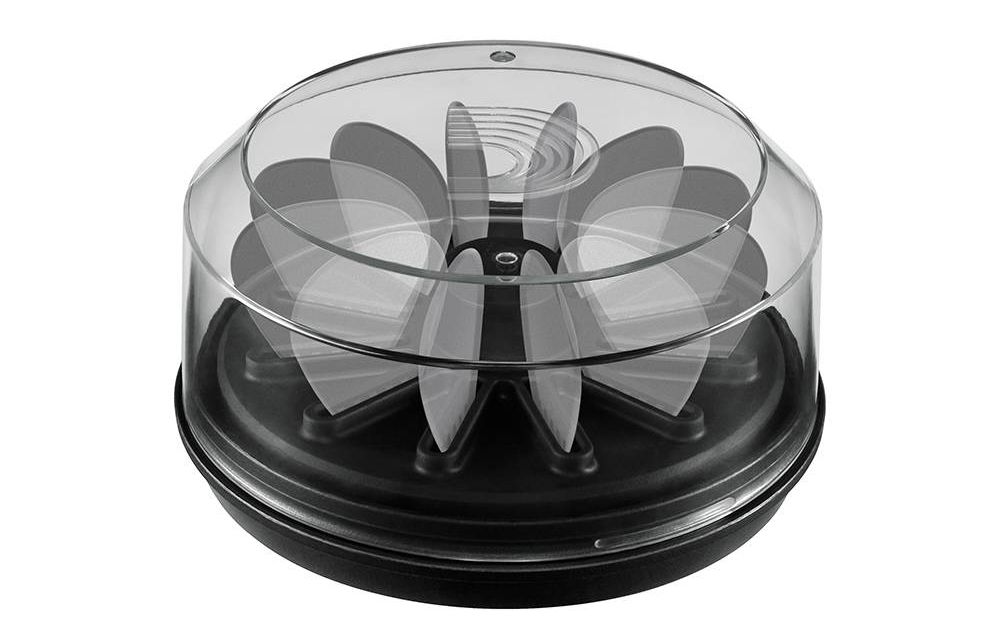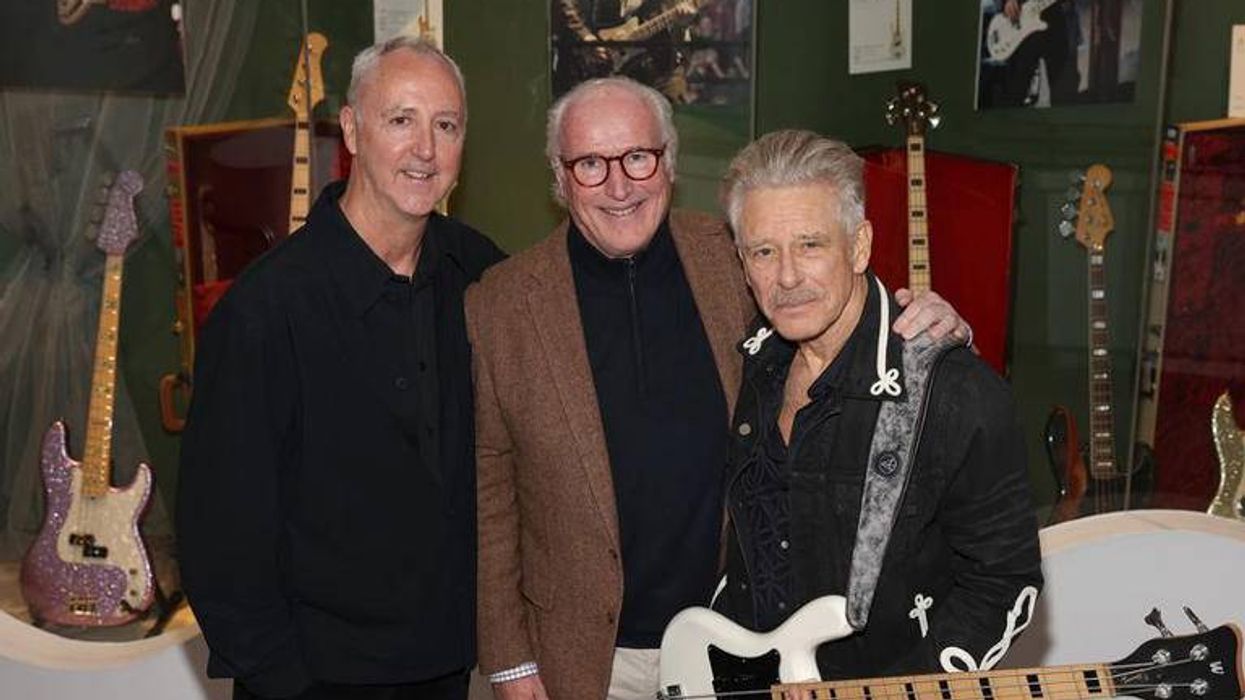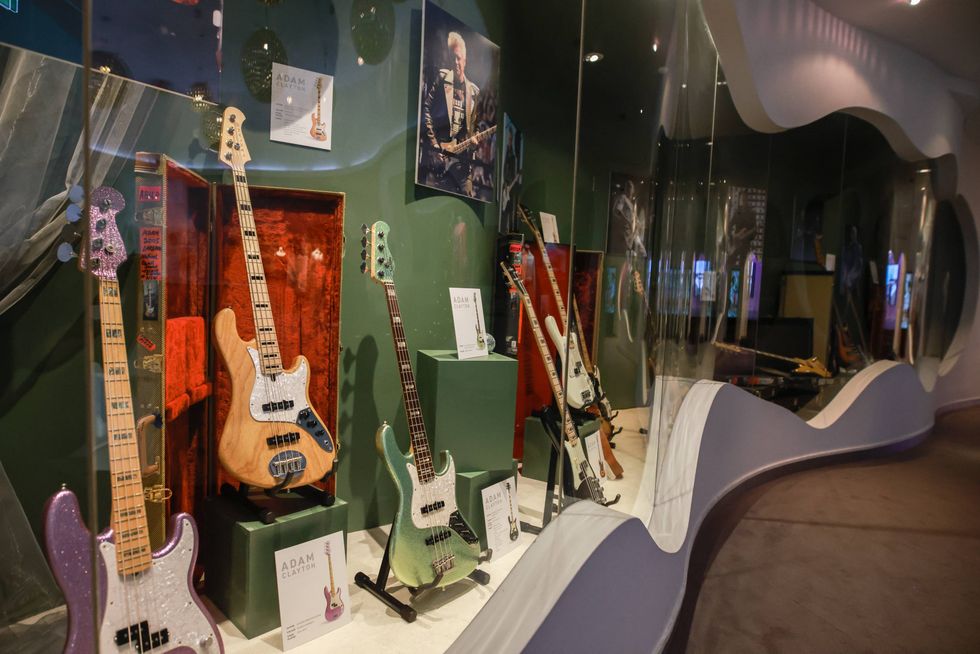Penned by Glenn Hughes and Joe Bonamassa, "Enlighten" explores themes of self-awareness and spiritual awakening and aims to capture the essence of the band's dynamic sound.
Black Country Communion, the renowned rock supergroup featuring Glenn Hughes, Joe Bonamassa, Jason Bonham, and Derek Sherinian, has released "Enlighten," the latest single from their much-anticipated fifth studio album, V set for release on June 14th. Now available on all major streaming platforms, "Enlighten" is a triumph of lyrical depth and musical innovation, penned by Hughes and Bonamassa.
Black Country Communion - "Enlighten" - Official Video
"Enlighten" explores themes of self-awareness and spiritual awakening, conveyed through Hughes' emotive lyrics and the intricate guitar work of Bonamassa. Resonating with the band's signature fusion of hard rock and soul-stirring blues, the song stands as a testament to Black Country Communion's growth and mutual admiration, symbolizing their commitment to producing music that is authentic, heartfelt, and reflective of their shared experiences and vast musical expertise.
Formed by some of the most respected names in rock and blues and deeply rooted in both British and American classic hard-rock and blues-rock traditions, Black Country Communion has earned a formidable reputation over the past 15 years, not only as phenomenal songwriters but as a compelling live act, renowned for their commitment to musical excellence and innovation. Released on the heels of their first U.S. concert in over 11 years, "Enlighten" serves as an exciting glimpse into the full spectrum of what the album promises, heralding a vibrant new chapter for the band and their fans globally.
For more information, please visit blackcountrycommunion.com.
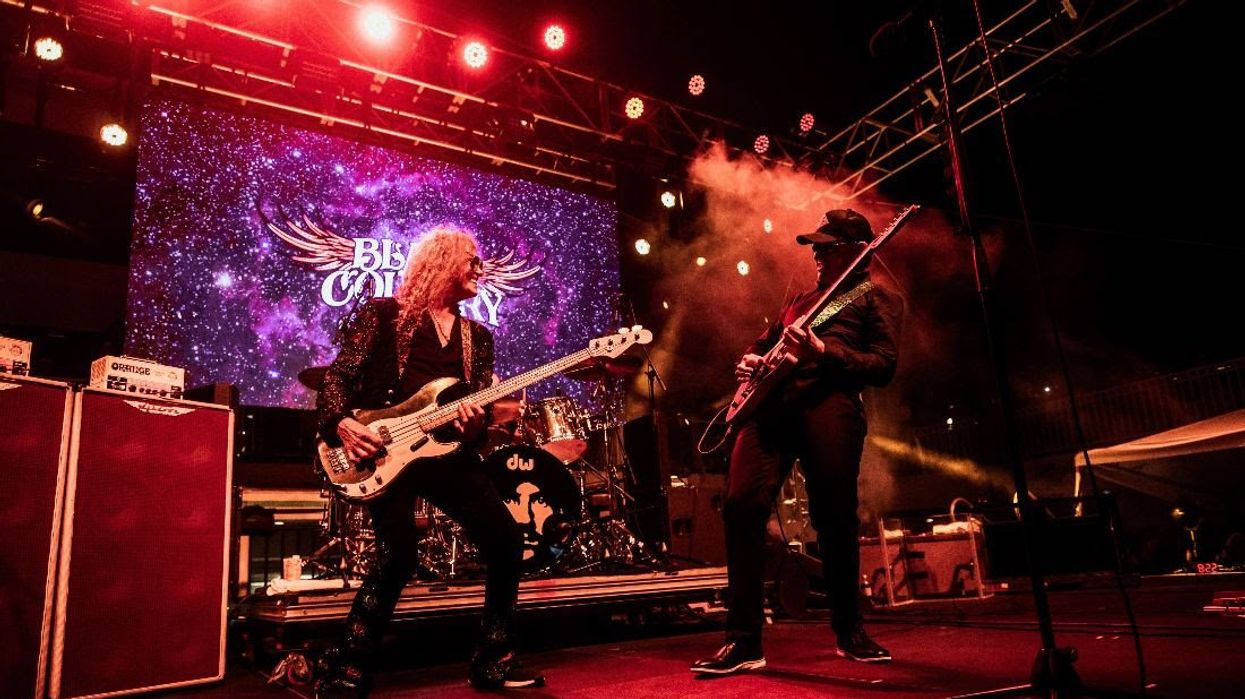

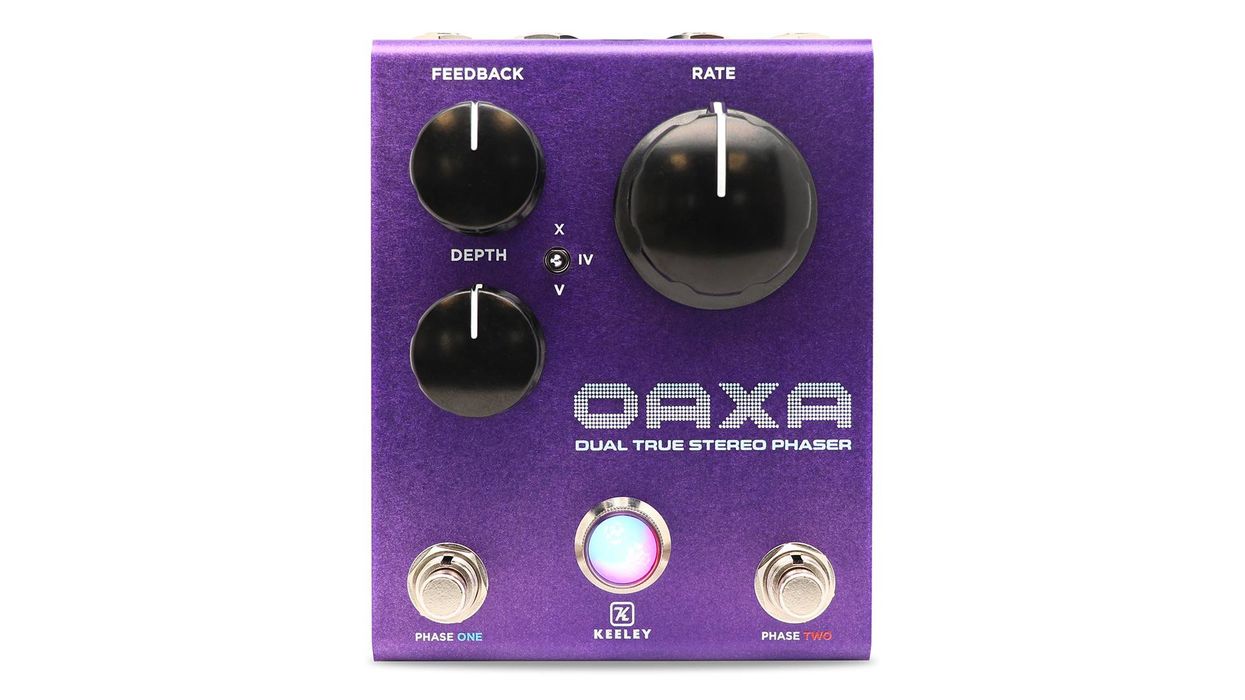
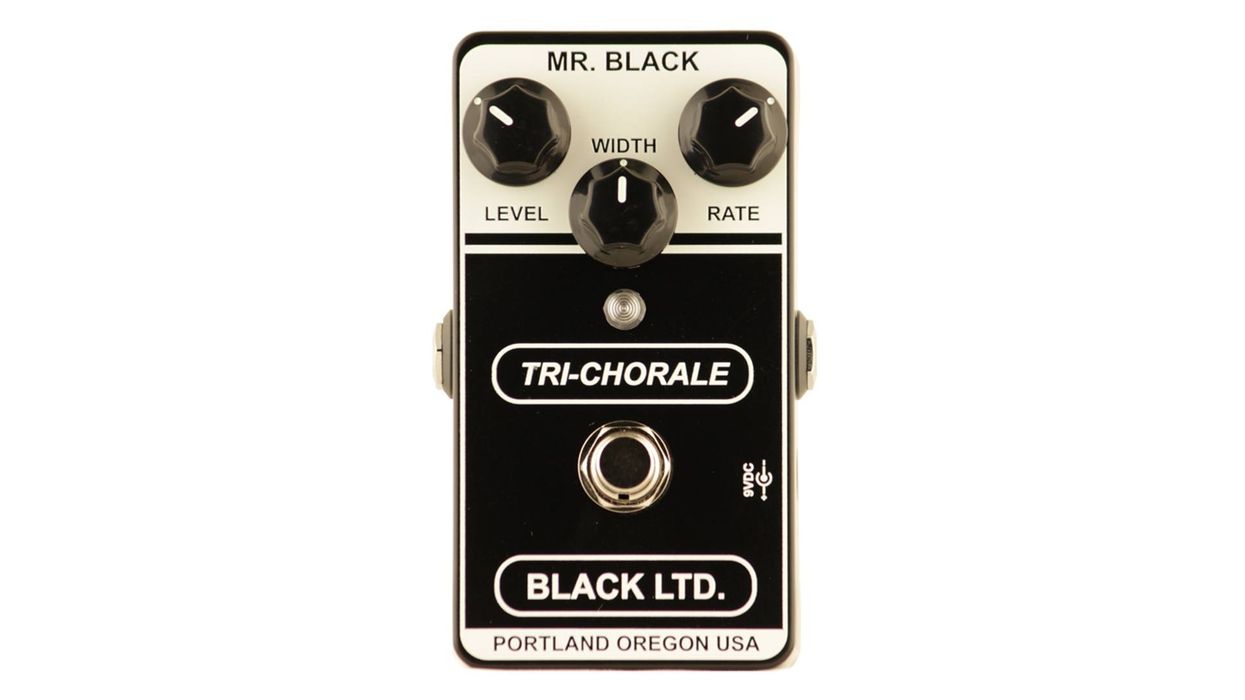
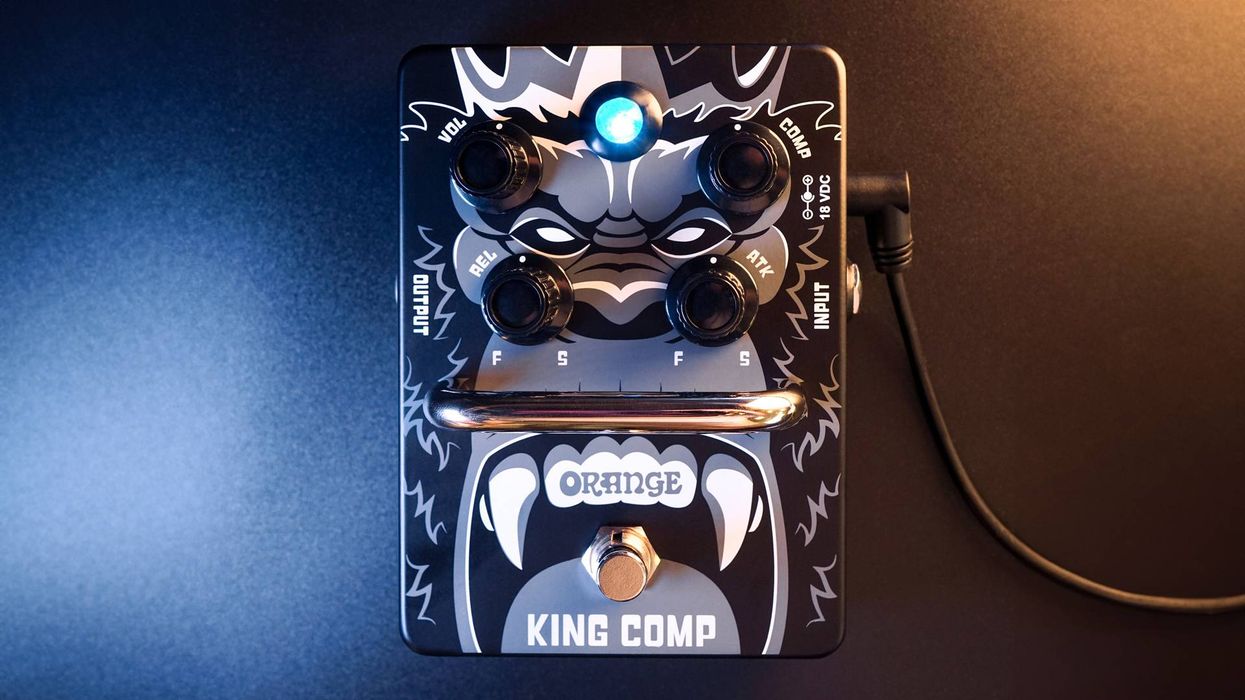
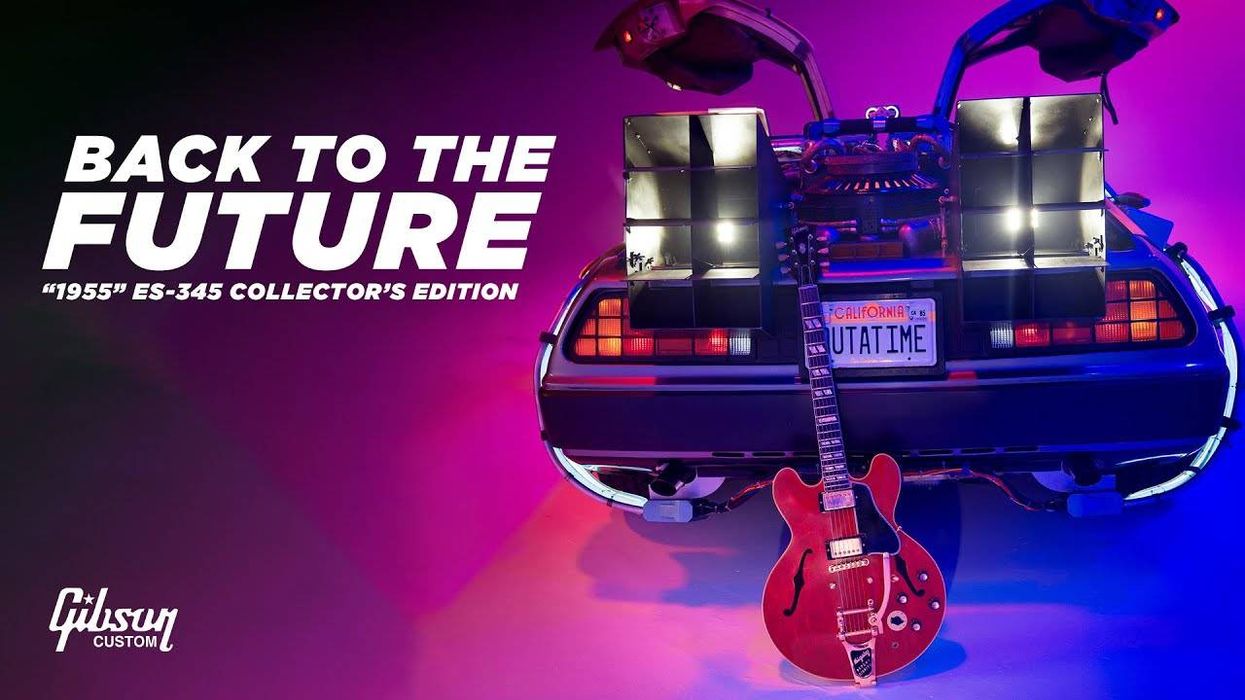
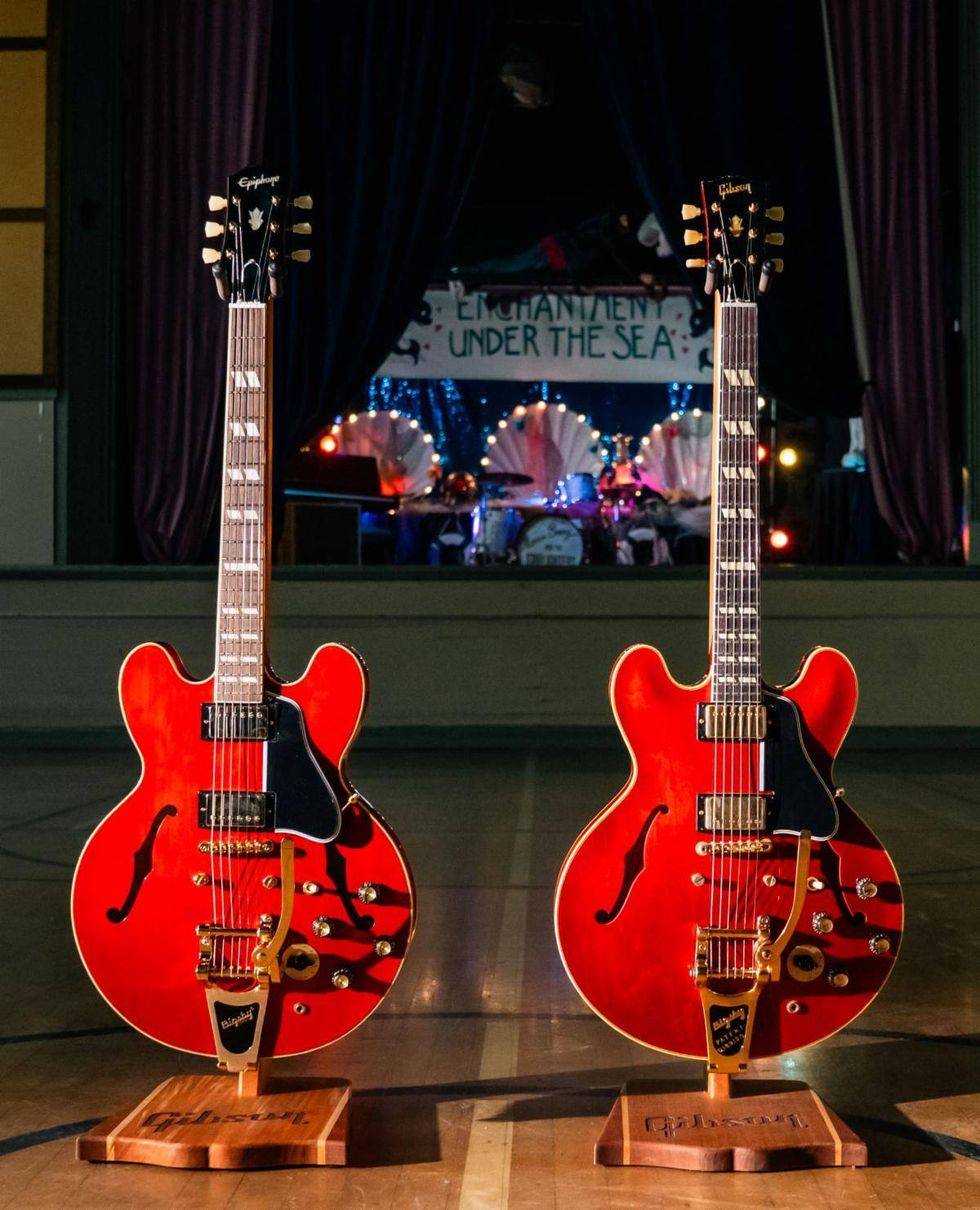
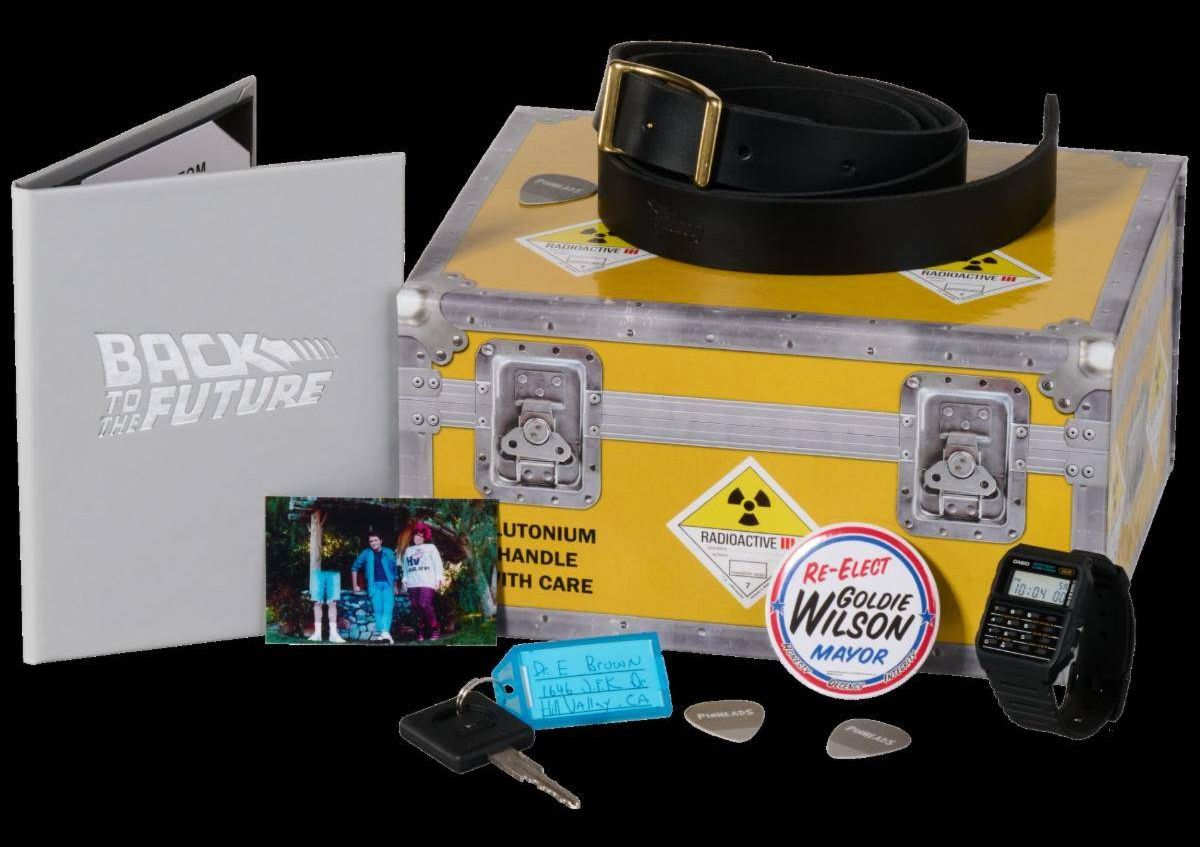

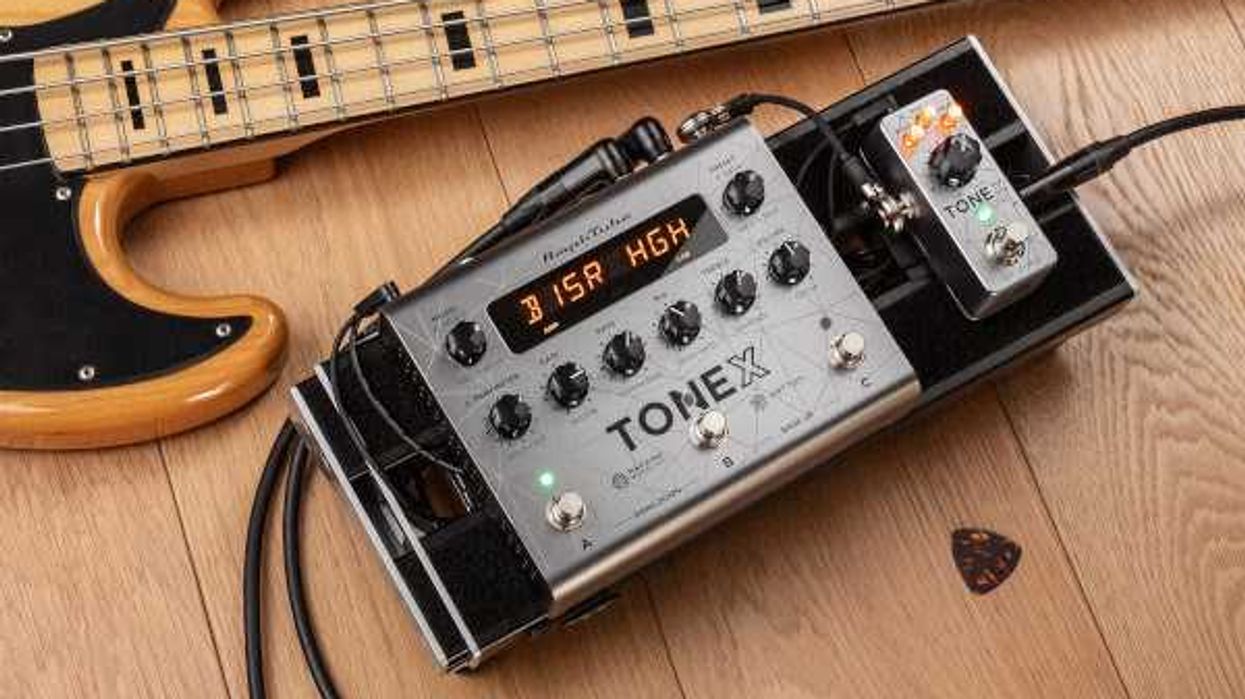
![Devon Eisenbarger [Katy Perry] Rig Rundown](https://www.premierguitar.com/media-library/youtube.jpg?id=61774583&width=1245&height=700&quality=70&coordinates=0%2C0%2C0%2C0)
